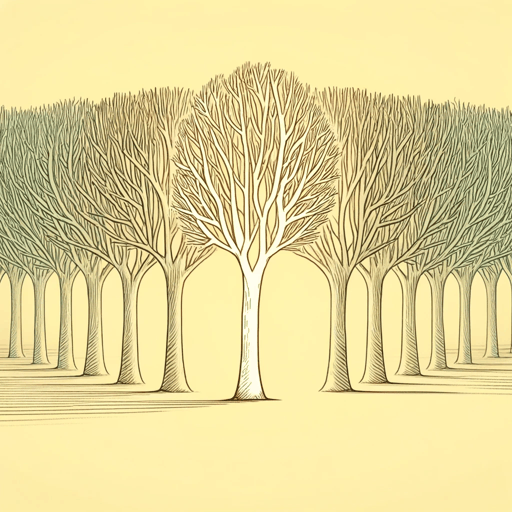41 pages • 1 hour read
Toni MorrisonThe Origin of Others
Nonfiction | Book | Adult | Published in 2016A modern alternative to SparkNotes and CliffsNotes, SuperSummary offers high-quality Study Guides with detailed chapter summaries and analysis of major themes, characters, and more.
Foreword-Chapter 3Chapter Summaries & Analyses
Foreword Summary
In the Foreword, Ta-Nehisi Coates, author of The Beautiful Struggle and Between the World and Me, briefly introduces Toni Morrison’s examination of American racism and Othering. He acknowledges the political climate out of which Morrison’s Charles Eliot Norton lectures emerged before noting that the book is “an inquiry on the field of American history and thus addresses itself to the oldest and most potent form of identity politics in American history—the identity politics of racism” (x). He mentions Racecraft by Barbara Fields and Karen Fields, which argues that Americans have erased racism by referring to race as if it were “somehow a feature of the natural world and racism the predictable result of it” (xi). Coates remarks that in contrast to this view of race as something beyond people’s control, Morrison confronts the concept as a fragile construct that has such a stranglehold because it flows from the need to confirm one’s humanity by denying it to others.
He goes on to mention the work that Morrison examines in the first couple of chapters, such as that of Thomas Thistlewood and Mary Prince, before talking about contemporary acts of police brutality. He says, “In America, part of the idea of race is that whiteness automatically confers a decreased chance of dying like Michael Brown, or Walter Scott, or Eric Garner” (xv).
Related Titles
By Toni Morrison

A Mercy
Toni Morrison

Beloved
Toni Morrison

God Help The Child
Toni Morrison

Home
Toni Morrison

Jazz
Toni Morrison

Love: A Novel
Toni Morrison

Paradise
Toni Morrison

Playing in the Dark: Whiteness and the Literary Imagination
Toni Morrison

Recitatif
Toni Morrison

Song of Solomon
Toni Morrison

Sula
Toni Morrison

Sweetness
Toni Morrison

Tar Baby
Toni Morrison

The Bluest Eye
Toni Morrison

